Tamaudun-hi Monument
Historic sitesHistoryWorld heritage
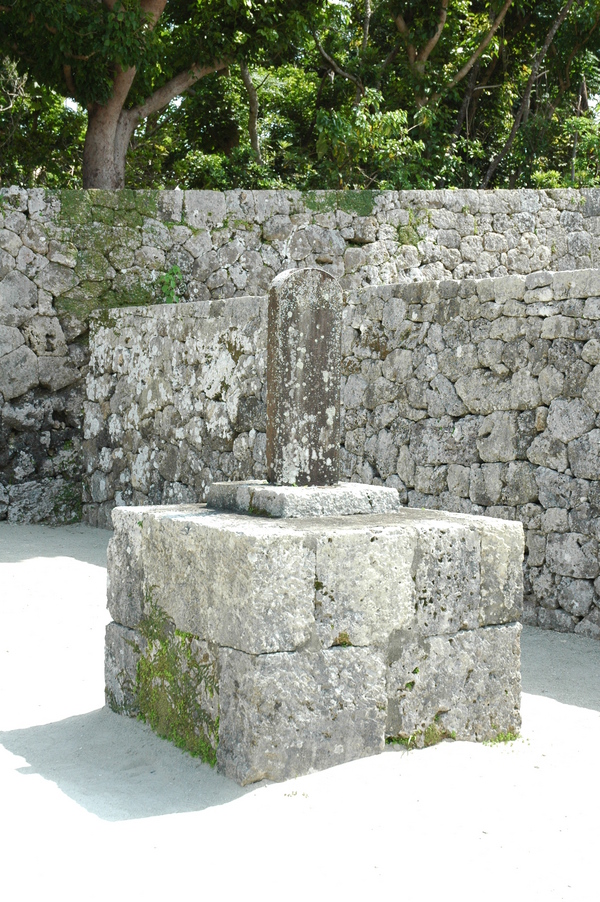

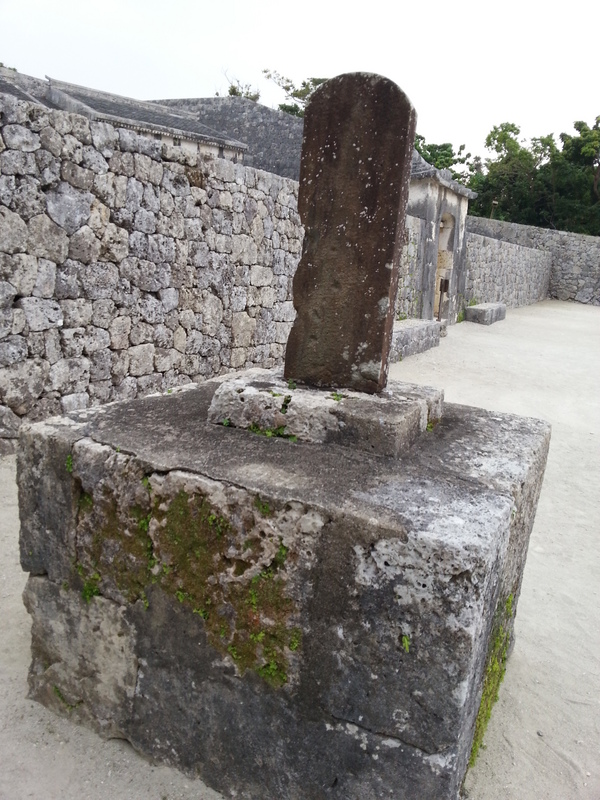
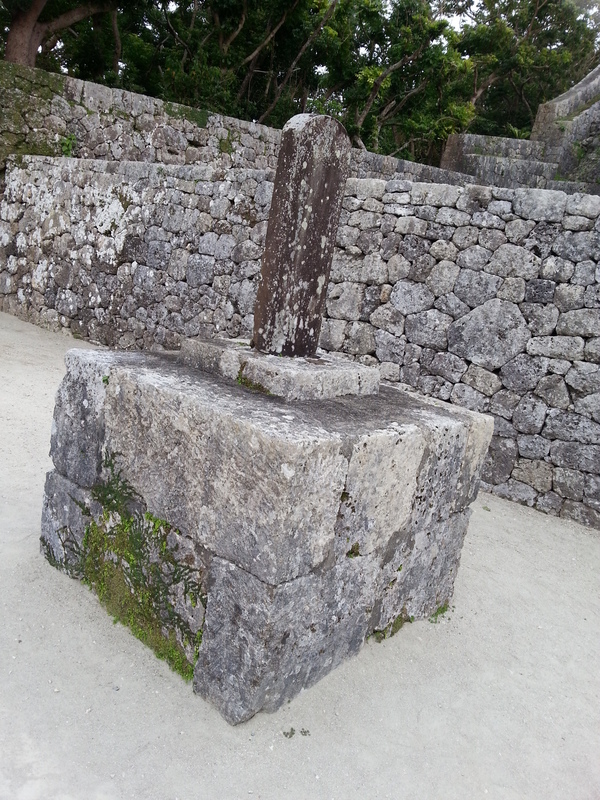
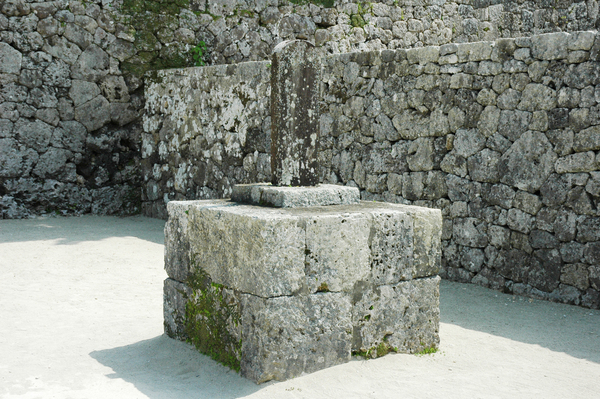
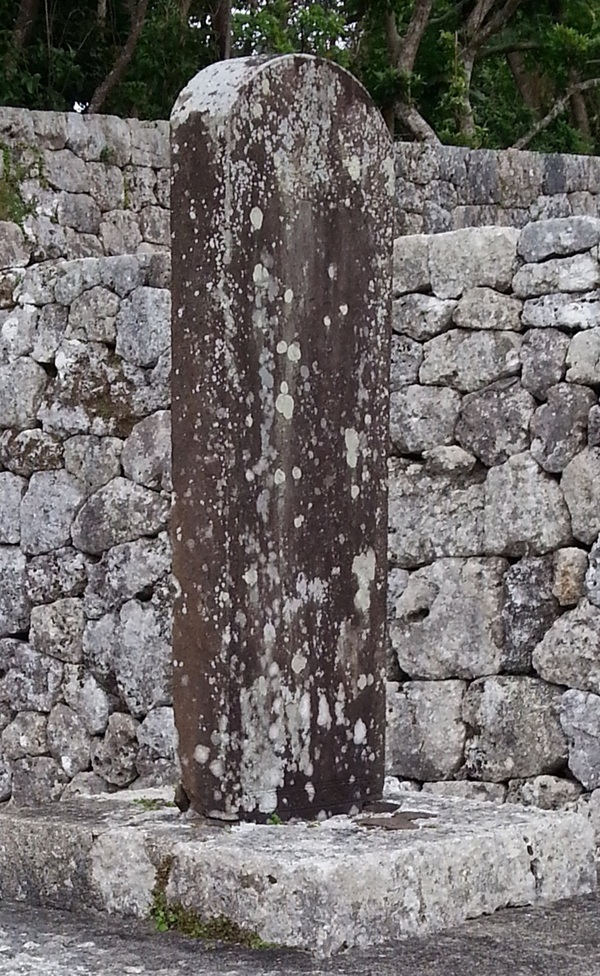
Tamaudun-hi is a monument built of diabase from China in 1501, sitting in the outer court of Tamaudun, a royal mausoleum from the second Sho dynasty. The inscription says that nine people, including King Sho Shin, the queen of King Sho En, the eldest daughter of King Sho En, and six children of King Sho Shin except the first son, Sho Iko and the second son, Sho Choei and the descendants of these 9 people will be buried at this mausoleum forever. Those who disobey this “should be cursed.”
Basic information
- Address
- 903-0815 1-3 Kinjo-cho Shuri Naha Okinawa
- TEL
- 098-885-2861 (English is not supported) Tamaudun Administrative office
- Business hours
- Viewing time: 9:00 - 18:00
(Last admission 17:30) - Close day
- None
- Charge
- Viewing admission:
Adult 300 yen (Group 240 yen)
Child 150 yen (Group 120 yen) ※ Junior High School and younger.
Elementary school and Preschoolers accompanied by a parent or guardian are free. - Parking
- None
- Access information
- Across from the Shuri Castle Park Rest Center.
On the left about 150m west from the Shurijo-mae intersection on Samukawa-dori street which runs through Shuri Castle Park. - URL
- http://www.city.naha.okinawa.jp/kakuka/kyouikubunkazai/bunkazai/
Additional Information
- Academic information
- Cultural property(Prefectural designated Art craft)
Designated date: January 29, 1958
“Power struggle in the royal family inscribed on royal mausoleum”
Tamaudun-hi is a monument built of diabase from China in 1501, sitting in the outer court of Tamaudun, a royal mausoleum for the second Sho dynasty. The inscription says that nine people, including King Sho Shin, the queen of King Sho En, the eldest daughter of King Sho En, and six children of King Sho Shin except the first son, Sho Iko and the second son, Sho Choei and the descendants of these 9 people will be buried at this mausoleum forever. Those who disobey this “should be cursed.” This inscription could show the possible power struggle in the royal family and dethronement of the first son and the second son. As one of the oldest existing inscriptions in kana characters, this is highly regarded as a historical source. - Quote
- Cultural property of Naha city

